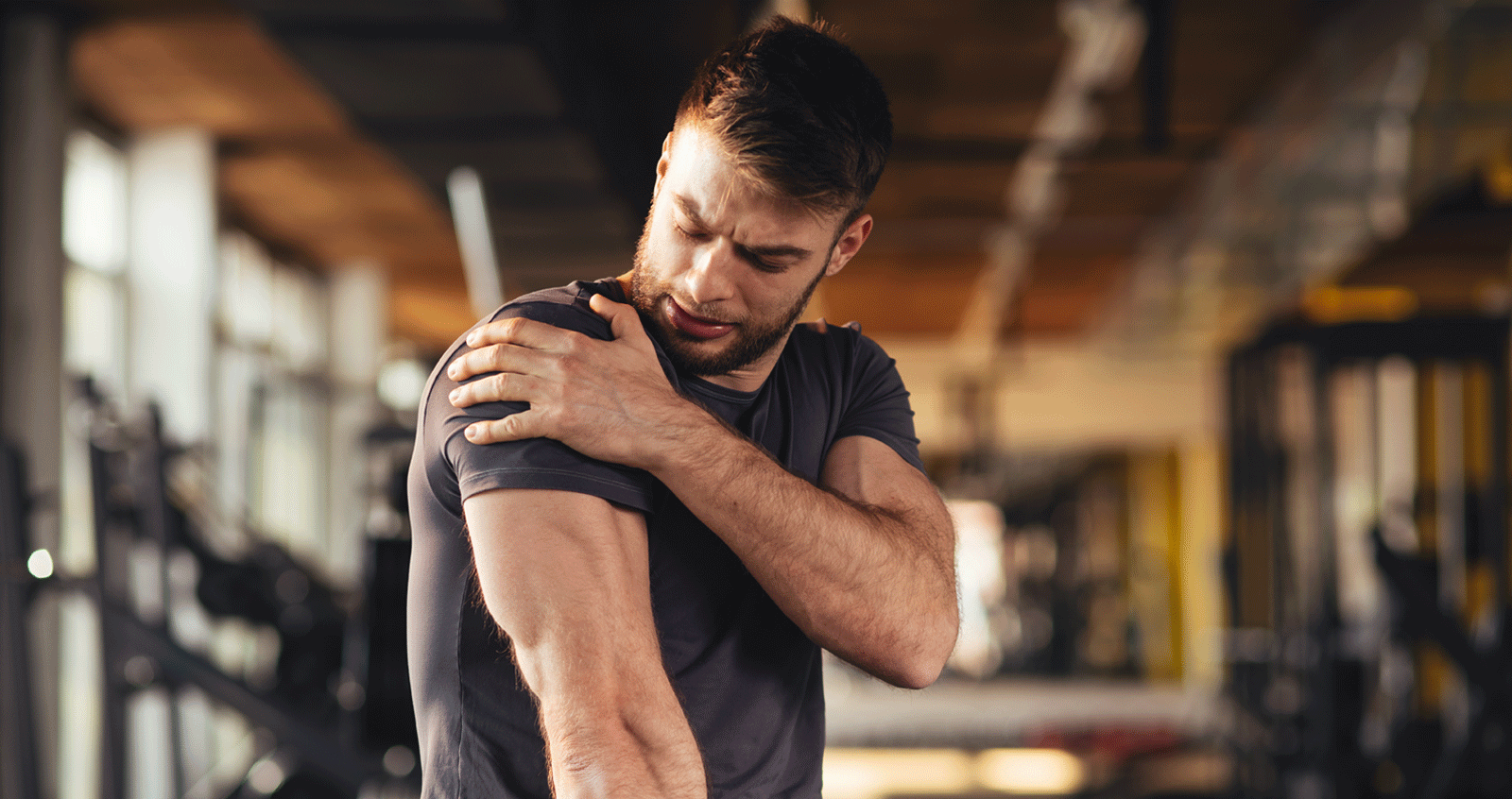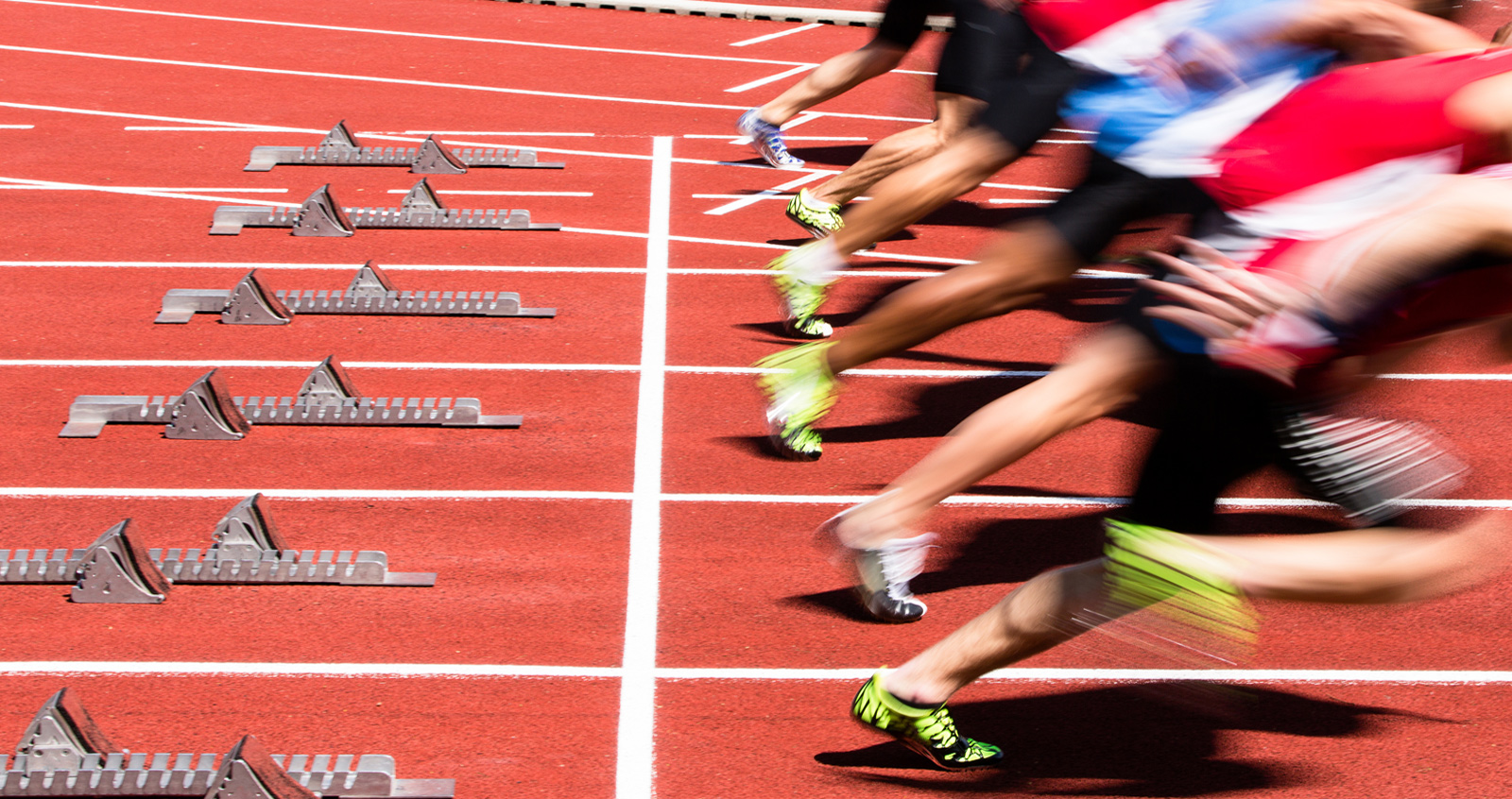Knee pain is one of the most common orthopedic conditions for which people seek medical treatment. It includes pain felt behind and around the knee cap, especially during activities like stair climbing, squatting, running, and walking while carrying a heavy load. Knee pain can prevent you from participating in your favorite activities and performing daily tasks. Without proper treatment, it can be problematic for years.
Knee pain can be caused by a variety of factors, some of which include knee stiffness, incorrect positioning of the knee cap at rest or with movement, flat feet, improper exercise form, and weakness of the muscles that control the hip and knee.
After an evaluation, our physical therapists will design an individualized comprehensive treatment program to address the specific factors causing your knee pain. However, there are exercises proven by research that you can do at home to reduce pain and improve your ability to participate in the activities you love!
1. Clamshells
Lay on your side and support your neck using a pillow or a towel roll. Bend your knees toward your chest, keeping your back straight and your feet aligned with your body. Keep your feet together, lift your top knee up toward the ceiling. Keep your hips straight, not allowing yourself to roll forward when you lift your leg. Pause briefly, then slowly lower your knee back down to the start position. Do 10 repetitions of this exercise on each leg, 3 sets once per day. Perform this exercise 2-3 days per week. Optional: Place your back against a wall to keep your body aligned and to prevent from rolling forward.
2. Bridging
Lay on your back and bend your knees so your feet are flat. Support your head with a pillow or towel roll. Keep your knees, feet, and hips in line with each other. Lay your arms by your side, keeping them relaxed. Tighten the muscles of your buttocks and lift your hips toward the ceiling. Only lift your hips as high as you can without causing back pain or too much pressure. Pause, then slowly lower your hips down to the start position. Do 10 repetitions of this exercise, 3 sets once per day. Perform this exercise 2-3 days per week.
3. Sidelying Hip Abduction
Lay on your side and bend your bottom knee to give you better balance. Support your head with a pillow or towel roll. Straighten the top knee by tightening the muscles on the top of your thigh. Flex your foot so your toes face forward, lift your leg up toward the ceiling, lifting no higher than the line of your body. Pause, then slowly lower your leg back down to the start position. Do 10 repetitions of this exercise on each leg, 3 sets once per day. Perform this exercise 2-3 days per week.
4. Straight Leg Raise
Lay on your back and support your neck with a pillow or neck roll. Bend 1 knee up so your foot is flat and your back is a neutral position (not arched). Keep your arms lying straight and in line with your shoulders. Straighten the other leg by tightening the muscles on the top of your thigh. Keeping your toes pointed up, lift your leg up to the height of the bent knee. Pause, then slowly lower your leg back down to the start position. Do 10 repetitions of this exercise on each leg, 3 sets once per day. Perform this exercise 2-3 days per week.
5. Quadruped Hydrant
1. Get on your hands and knees. Draw your belly button in toward your spine to engage your abdominal muscles. Keeping your knee bent, lift 1 leg out to the side. Keep your hips facing down to prevent rotation at your spine. Pause, then slowly lower your knee back down to the start position. Do 10 repetitions of this exercise on each leg, 3 sets once per day. Perform this exercise 2-3 days per week.
Note: If you experience any symptoms such as pain, shortness of breath, or dizziness at any time you should stop immediately.


